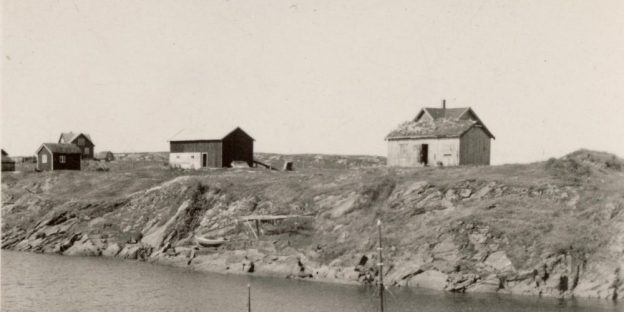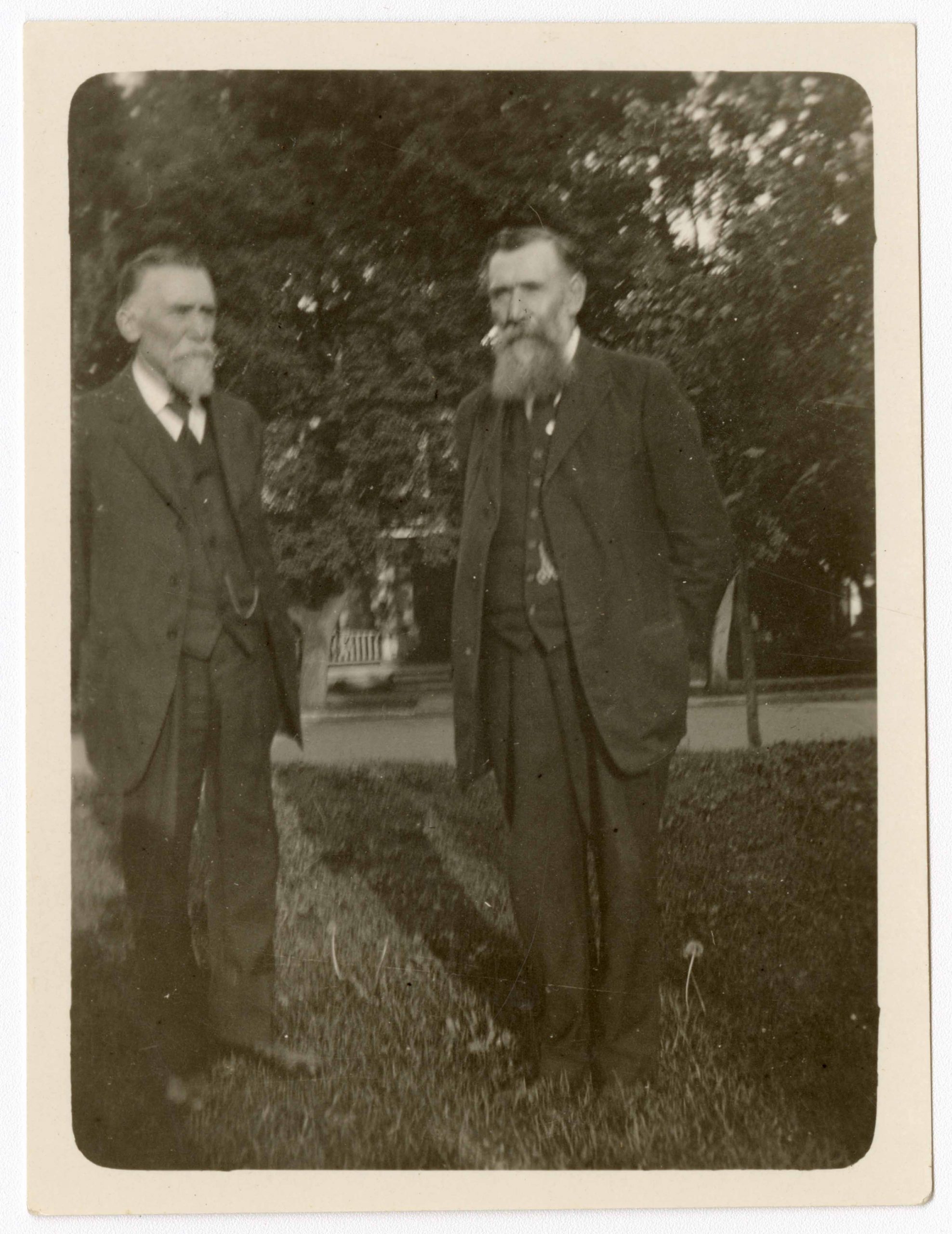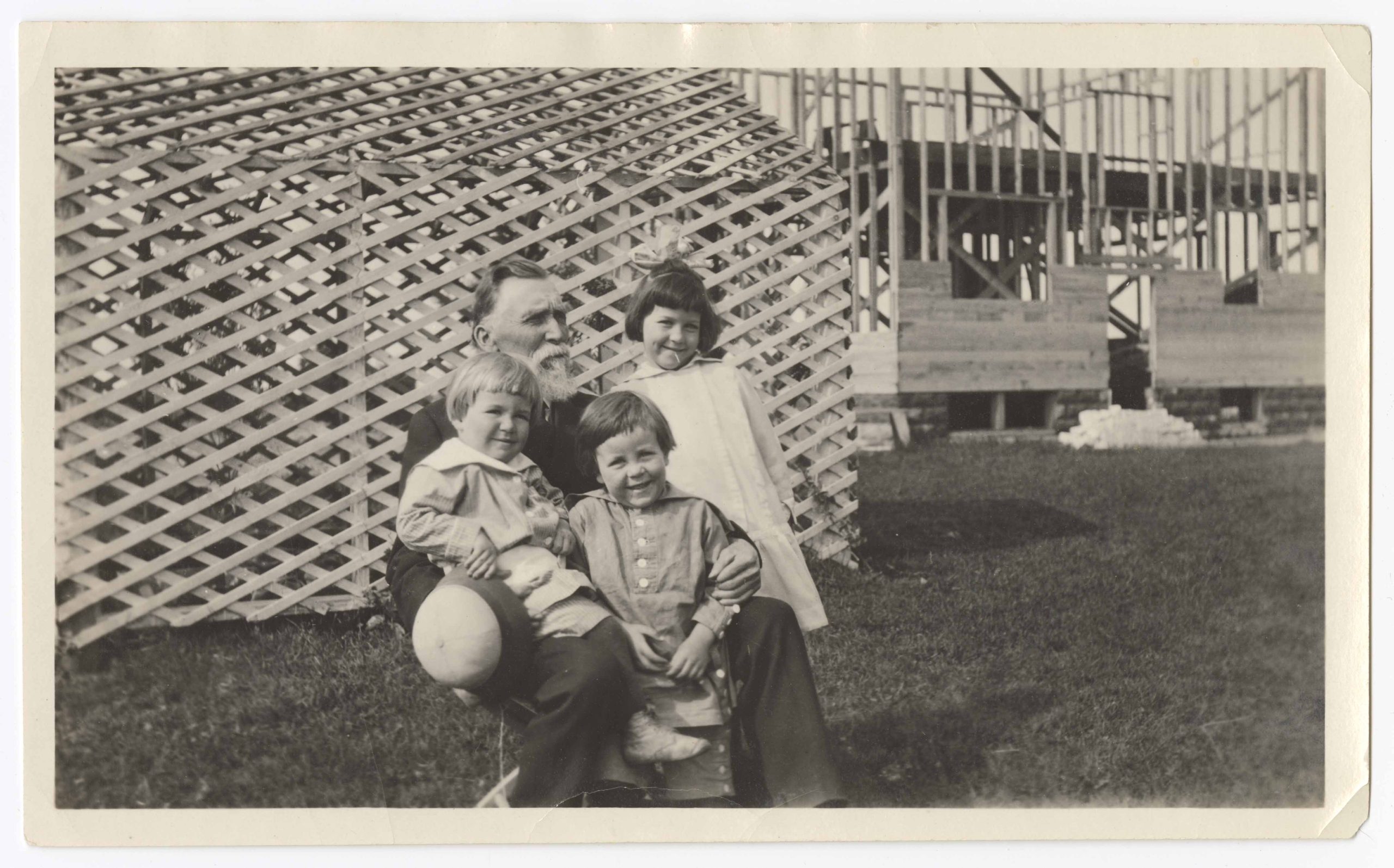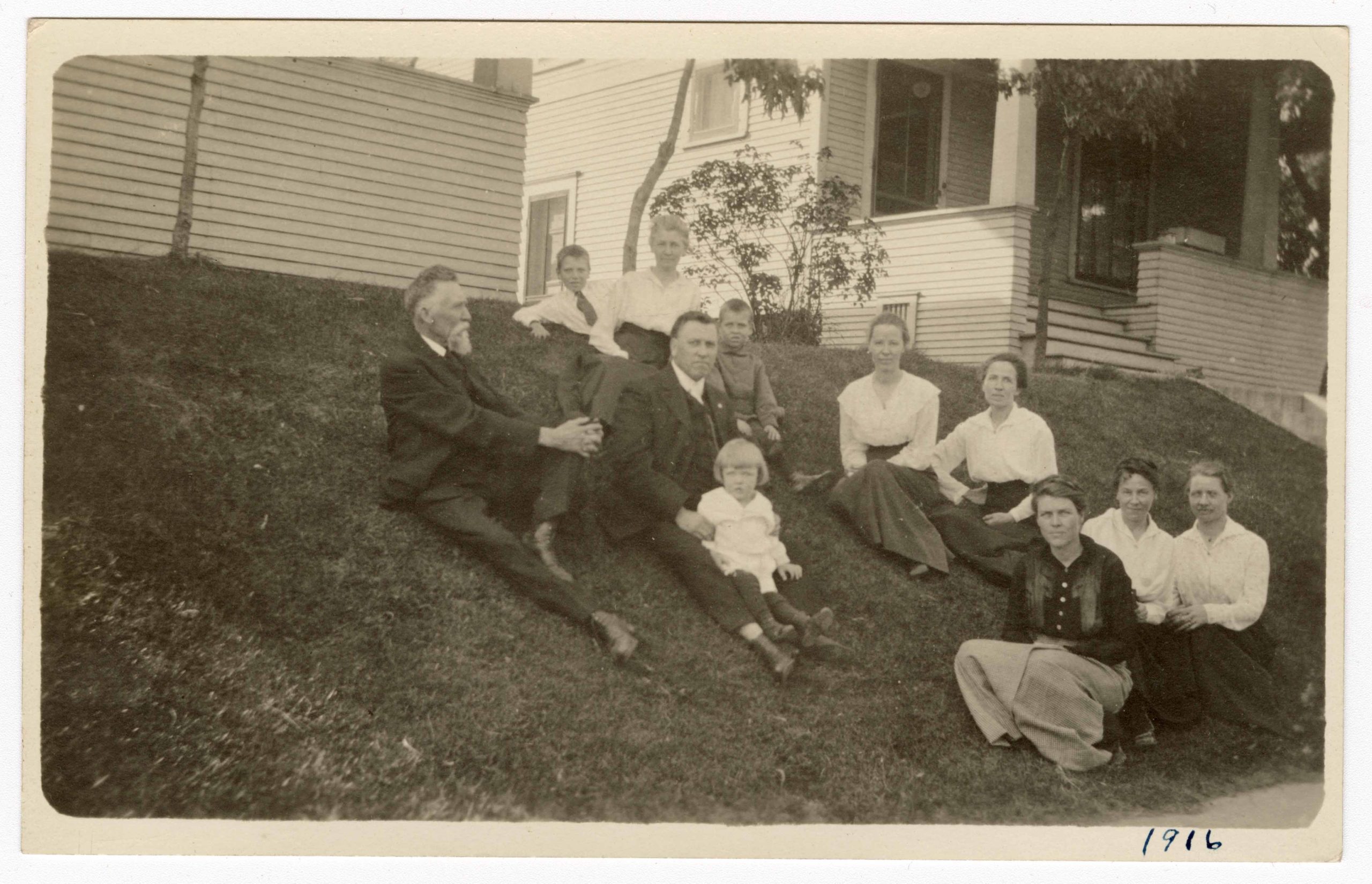Rølvaag left his home on the island of Dønna, Norway, in 1896, aged 20, to work in America for a number of years and return to Norway with the wealth he had accumulated. However, he discovered that the so-called “American dream” he had heard so much about from fellow Norwegian emigrants was not all that it was cracked up to be. After spending a few years on his uncle’s farm doing hard labor, Rølvaag began to notice the great loss that these Norwegian-Americans had endured, spiritually and culturally.
His plans of moving back to Norway were left behind once he began attending college in 1898, first at Augustana in Canton, South Dakota, then at St. Olaf College, in Northfield, Minnesota. He found an enriching academic environment in which his language and culture was valued and prized, and enjoyed his schooling. During his time at Augustana, Rølvaag met the Berdahl family, having become friends with some of the sons of Andrew Berdahl. The Berdahls were also a Norwegian-American family that had endured the harsh realities of immigrant pioneering on the unforgiving prairies. Rølvaag became engaged to Jennie Berdahl, the daughter of Andrew Berdahl.
The Berdahl Experience
Johannes Eriksen Berdahl was born in Feios, Sogn, Norway on October 4, 1822. He married Kristi Andersdatter Henjum. After they married, they moved to Fjaerland to manage a farm. At the Jorddal farm, Andrew, Erick, and Kristi were born. After eight years, Johannes and Kristi heard tales of a better life on the American prairie, where a colony of Norwegians was forming. With Johannes’ ambition, they started preparing for their travels to America. In 1856, they started their travels to America.
They said goodbye to their relatives in Berdal and Feios, boarded a steamer ship called the Columbus with enough food to last ten weeks. They sailed from Bergen to Quebec, where they were examined by a doctor and then sent on their way “up the St. Lawrence River to Montreal” (Berdahl family autobiography, page 4). From there, they took another boat to Chicago, where they finally arrived in the United States. Finally, they “were sent on the Illinois Central, now just finished, to Galena Ill. and then by river boat to Lansing” (Berdahl family autobiography, page 4). Once they reached Lansing, they traveled another thirty miles on the land to reach the Big Canoe Settlement in Winneshiek Co. Iowa, where they made their first home with some old acquaintances from Norway, including a distant relative of Johannes Berdahl.
“The winter of 1856 found our parents preparing for the voyage to America. The first 8 years of their married life had been spent in this Fjaerland community as farm manager, and as husman-(House renter)- and some of the winters out on the Ocean with fishing expeditions; but the remuneration for it all was very small. And the future financially was not very bright.”
“America had now begun to be talked about also here as the land of promise. One young man, Arne Boyum, had gone about two years before, together with one or two from Feios where father was born. So during this winter a well to do farmer with a family decided to go. His name was Peder Wilson Rödbotten. After selling his farm he promised to pay our transportation if father and mother decided to go. The kind offer was I am sure gratefully accepted, and as I have heard it from father he paid for us all 120 Dollars. All this without the scratch of a pen, just on father’s oral promise that he would pay it to him as soon as he could make it. Wonderful confidence men had to one another’s honesty in those days. And I know that father fulfilled his promise, though the payments were made in installments covering 5 or 6 years.”
-Andrew Berdahl, “Berdahl family autobiography“
RØLVAAG’S INTERPRETATION
Rølvaag heard about these experiences from his father-in-law, Andrew Berdahl. He needed to draw heavily on their accounts, as Per Hansa and Beret in Giants in the Earth arrive earlier than Rølvaag himself did. The novel begins during the early 1870’s, long before Rølvaag arrived in the United States in 1896. Because of this, he got much of his information about these years on the prairie from the Berdahl family stories. Primarily, he emphasized how much Norwegian immigrants had to leave behind and how long and arduous the journey itself was. These aspects are reflected mostly in Beret’s reflections on the journey once they arrive on the prairie.
“No one had ever told her, but she knew full well who it was that had persuaded Hans Olsa to leave the land and the ancient farm that had been in his family for generations, and go to America. There had been only one other person in the world whom Per Hansa loved, and that was Hans Olsa.
. . . But when Per Hansa had come home from Lofoten that spring and announced in his reckless, masterful way, that he was off for America: would Beret come now, or wait until later? . . . Well, there hadn’t been a “no” in her mouth then! There she had sat, with three children in a nice little home which, after the manner of simple folk, they had managed to build. . . . But she had risen up, taken the children with her, and left it all as if nothing mattered but him!
. . . America–that’s the country where a poor devil can get ahead! Besides, it was only a little way; if they didn’t like it, they could drift back on the first fair western breeze! . . . So they had sold off everything that they had won with so much toil, had left it all like a pair of worn-out shoes–parents, home, fatherland, and people. . . . And she had done it gladly, even rejoicingly! . . . Was there ever a sin like hers?”
-Ole Rølvaag, “Giants in the Earth,” page 257-258
Explore more resources
- Berdahl family autobiography, circa 1941
- Ole E. Rølvaag’s 1896 Immigration Diary from Donna, Norway to United States
- “Berdahl Family History and Rolvaag’s Immigrant Trilogy” by Kristoffer F. Paulson


![Portrait of Andrew J. Berdahl, circa 1930 [p0584_01091]](https://norwegianamericanhistory.org/wp-content/uploads/2021/07/p0584_01091-scaled.jpg)


